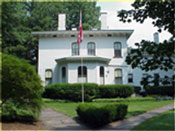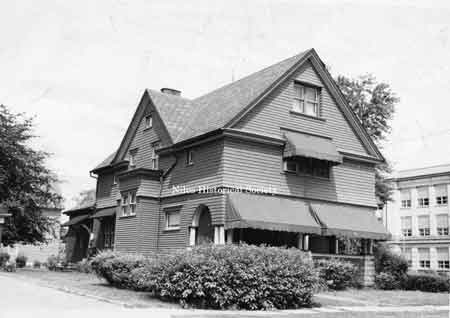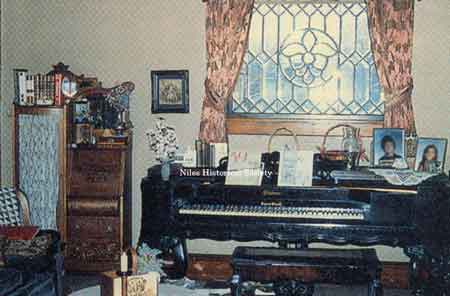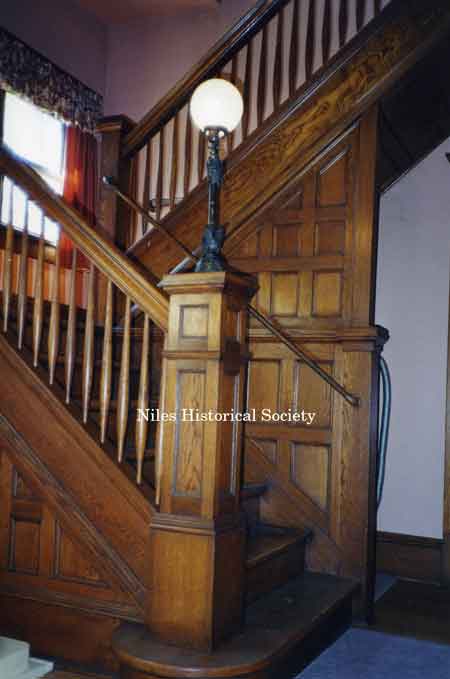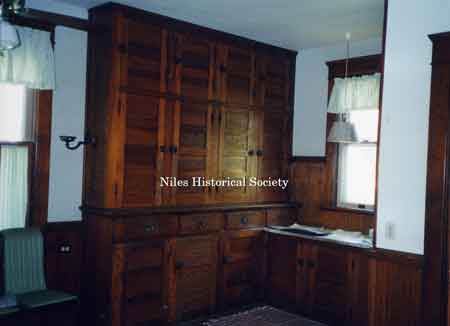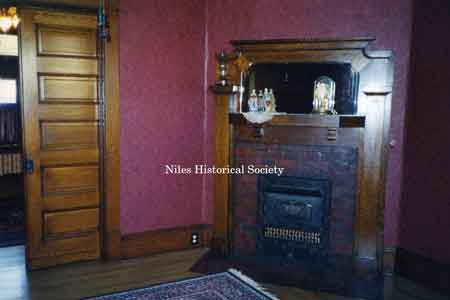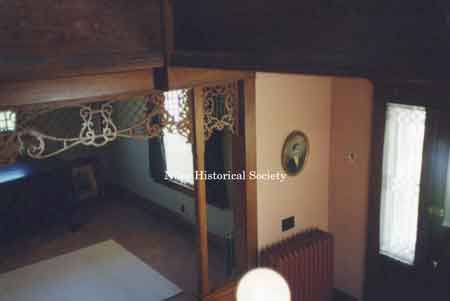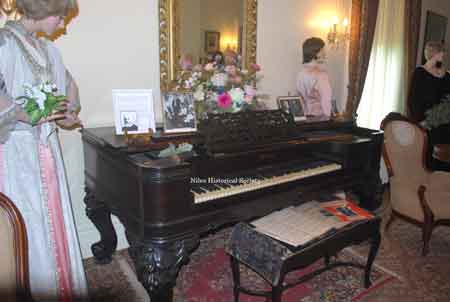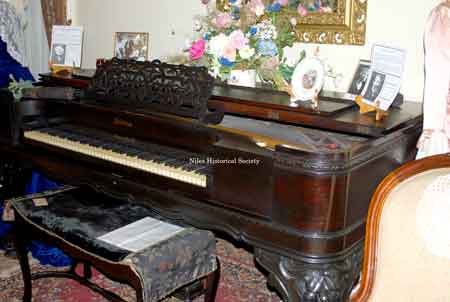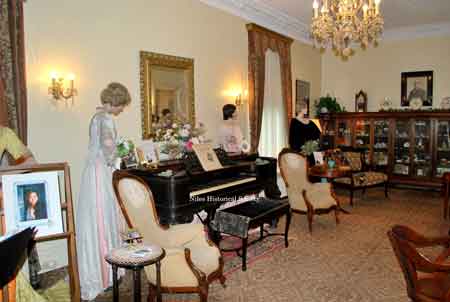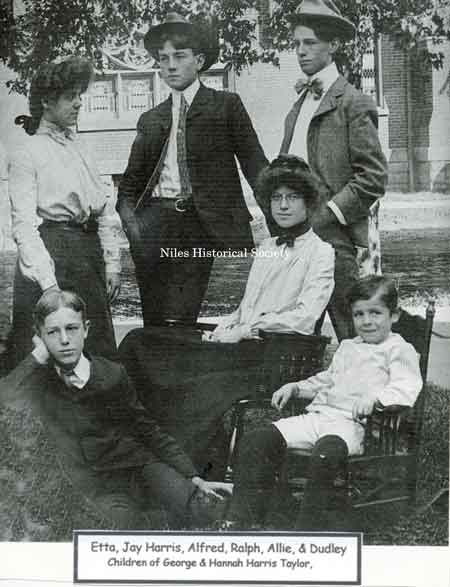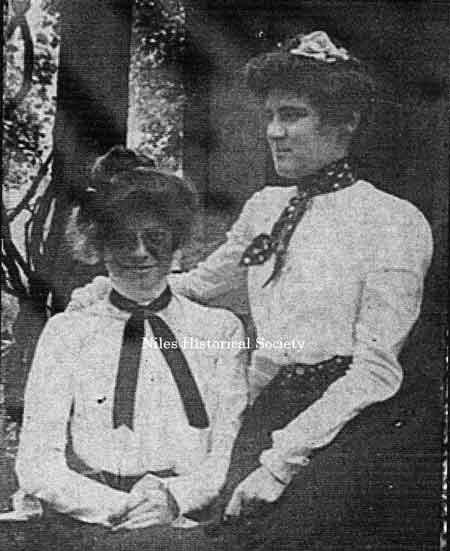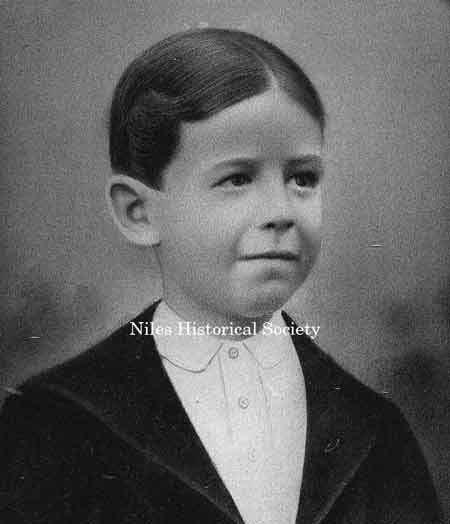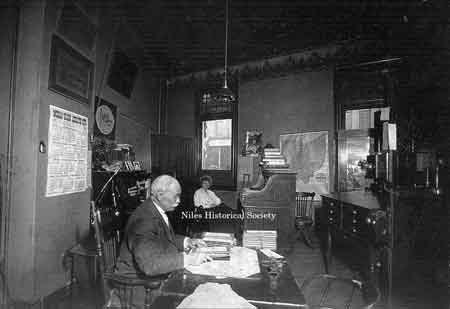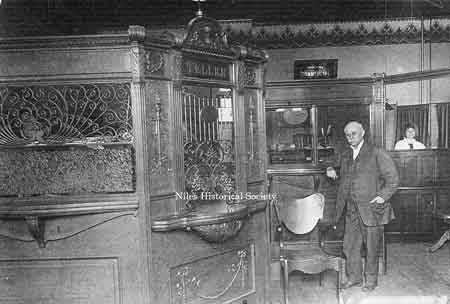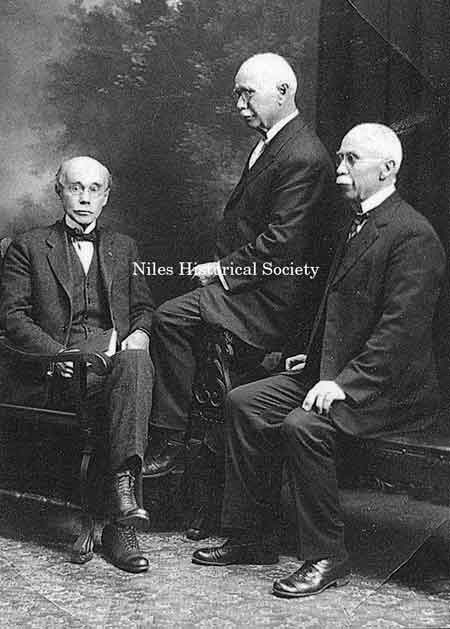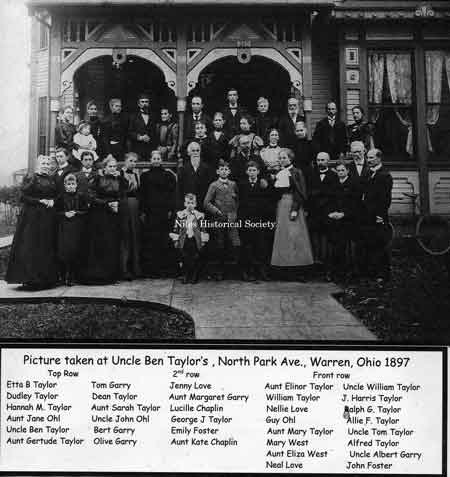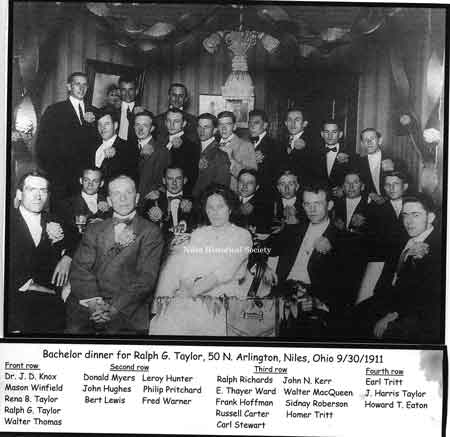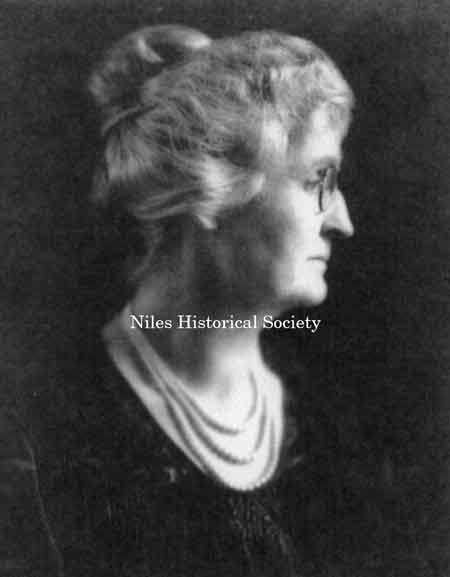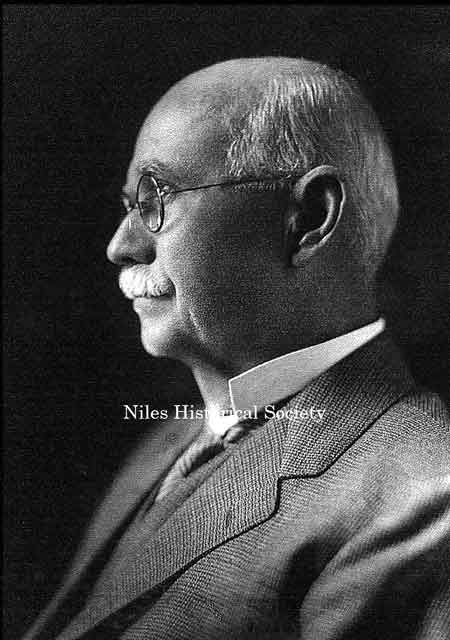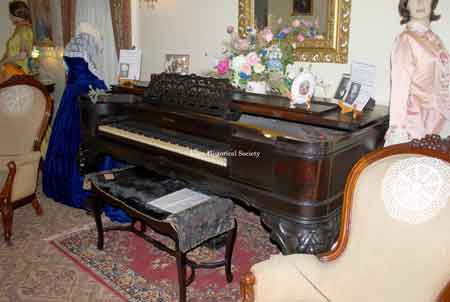Ward-Thomas Museum


Taylor Family Story
Ward — Thomas
Museum
Home of the Niles Historical Society
503 Brown Street Niles, Ohio 44446
Click here to become a Niles Historical Society Member or to renew your membership
Click on any photograph to view a larger image.
News
Tours
Individual Membership: $20.00
Family Membership: $30.00
Patron Membership: $50.00
Business Membership: $100.00
Lifetime Membership: $500.00
Corporate Membership:
Call 330.544.2143
Do you love the history of Niles, Ohio and want to preserve that history and memories of events for future generations?
As a 501(c)3 non-profit organization, your donation is tax deductible. When you click on the Donate Button, you will be taken to a secure Website where your donation will entered and a receipt generated.
|
George and Hannah Taylor residence at 50 North Arlington Street. PO1.473 Ahlstrom square grandpiano located in the music room. File 0441 |
The Taylor Residence and Piano Story. George and Hannah Taylor lived on the corner of North Arlington and Church Streets in Niles, Ohio. The home was built in 1871 by George J. Taylor, secretary of the Home Federal Savings & Loan Association for many years. The house was built when the street was still known as Mechanic Street. Mr. Taylor was featured in the 1934 Centennial edition of the Times as Niles’ oldest active businessman at 85 years of age. Mr. Taylor first came to Niles in 1870 and embarked in the hardware business with Mr. R.G. Sykes. He continued successfully in that business until 1896 when he sold out to Mr. J. F. Morris. He then entered into the insurance and real estate business that same year with offices located at Park and Main Street. In 1897 the Home Building and Loan Company, now known as the Home Savings and Loan Company, was organized with the following Board of Directors: Wade A. Taylor, D.J. Finney, Joseph Bland, D.A. Strickland, Dr. A.J. Leitch, J.F. Morris, P.J. Pritchard, J.N. Cowdery and G.J. Taylor. The loan company then occupied the same room which had been occupied by Mr. Taylor and continued in this location for 8 years. They then moved with the G.J. Taylor Agency to the Reeves Block on State Street. Three years ago they moved to their present location, "The Butler Building." The home featured a music room where the piano was showcased beneath a beautiful leaded and beveled glass window. The Ahlstrom Square Grand Piano #2322 was purchased for the children of the Taylor family. |
|
As was common in homes built during this time period, elaborate and decorative wood oak trim can be found in the entrance doorway with leaded and beveled glass, fancy fret work and massive sliding doors separating the main rooms. The staircase has a landing with a window providing natural light to flood the stairwell and note the craftsman lamp on the first floor pedestal. File0426 |
||
|
The kitchen cabinets, base and top, are all oak with window and door casings having capped lintels. File0424. |
The downstairs feature solid oak pocket doors and a fireplace with oak mantel with a ceramic tile surround and hearth as was custom in this time period. File0419. |
|
| |
||
|
In 1978 the home was sold to Curtis and Diana Behner and they purchased the piano from the Taylor heirs so it could remain in the house. |
Twenty three years later, they donated the piano to the Ward-Thomas Museum when they sold the home in 2001. |
The square grand piano donated by the Behners from the Taylor house is located in the library of the Ward-Thomas Museum. |
|
|
||
|
Photograph of the Taylor children taken on the front lawn of their home on Arlington Street with the First Christian Church in the background. PO3.472 |
Allie and Etta Taylor. PO3.317
|
|
| |
||
|
PO3.321a Gathering of family events for the Taylor family Bachelor party, September 30, 1911. PO3.318.1 |
A double portrait of George J. Taylor and his wife Hannah Harris Taylor. They lived in the house on Arlington and were prominent Niles citizens. PO3.473.2 |
|
|
The Ahlstrom company was known for building high quality, durable pianos. They stopped making the square grand pianos in 1895 dating our piano to the period between 1875 and 1895. |
A Little Piano History.
by Lynda Ralston In the early 1700’s, an expert Harpsichord maker, Bartolomeo Cristofori, combined the keyboard mechanism of the harpsichord with the hammers of the dulcimer to make the first piano called the pianoforte. This initial design was improved and refined throughout the 18th century. Johann Sebastian Bach complained that the higher notes were too soft to allow a full dynamic range; this criticism was heeded. In addition, the forerunner of the modern sustain pedal was developed allowing the pianist to sustain the notes even after the keys are no longer pressed. This allowed them to sustain a chord while moving their hands to a different register for the next section of the composition. Viennese piano makers later added an additional string to each note, further improving the volume and dynamic range.This is the type of piano used by Wolfgang Amadeus Mozart to compose his concertos and sonatas. These pianos had a softer, more ethereal tone than 21st century pianos or English pianos and had less sustaining power. These pianos did have a square shape as opposed to the rectangular shape of the example we have at the Ward-Thomas House. This is because early pianos had only five octaves of total range where today’s pianos have seven (or more). In the late 1700’s and early 1800’s pianos continued to evolve from the square grand piano to the modern grand piano in response to the desire of the composers and pianists for a more powerful, sustained sound. Many of the improvements were made possible by the industrial revolution which allowed for high-quality piano wire and the casting of iron frames that could sustain the tension of the strings. The use of a “choir” of three strings, rather than two for all but the lowest notes, enhanced the richness and complexity of the treble. By the middle 1800’s, the grand piano design had evolved to a point where is sounded very similar to the modern pianos of today. Square grand pianos do sound different than modern pianos. When musicians such as Mozart, Chopin, and Beethoven were composing, they wrote for the earlier piano fortes with delicate, beautiful tones. The square grand piano continued to have this delicate tonal quality. There is some evidence that many 19th century Americans did not like volume and power of the “modern” sound, describing it as harsh and overbearing. As a result, the softer toned square grand piano continued to be the most popular piano built and sold through most of the 19th century. Sadly, they are mostly forgotten today. The square grand pianos are large and heavy (the one at the Niles Historical Society weighs 880 pounds!); they are most suited for homes with large rooms. They could not be used in fifth floor apartments in New York or Chicago. Therefore, by about 1880 to 1890 the smaller upright piano took over in popularity causing the square grand piano to become essentially obsolete by 1900. The Ahlstrom Piano Company was established in 1875; they went out of business in 1926. Mr. C.A. Ahlstrom was a noted piano expert of the era whose ideas aided in the development of the Piano Industry. The Ahlstrom “ARTONE” piano was marked by several improvements still used today by virtually every piano maker in the world. The Ahlstrom company was known for building high quality, durable pianos. They stopped making the square grand pianos in 1895 dating our piano to the period between 1875 and 1895. Our square grand piano is a beautiful example of their art; come see it at the Ward-Thomas House. |
|
